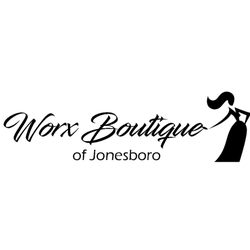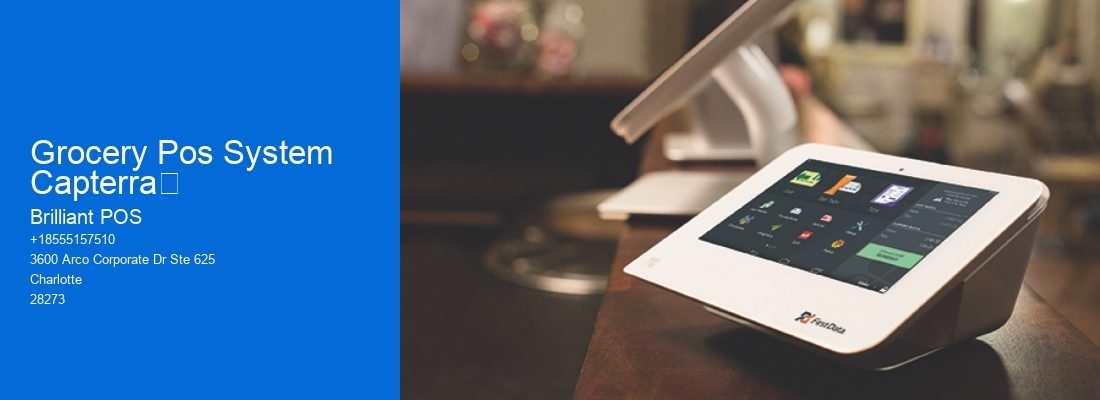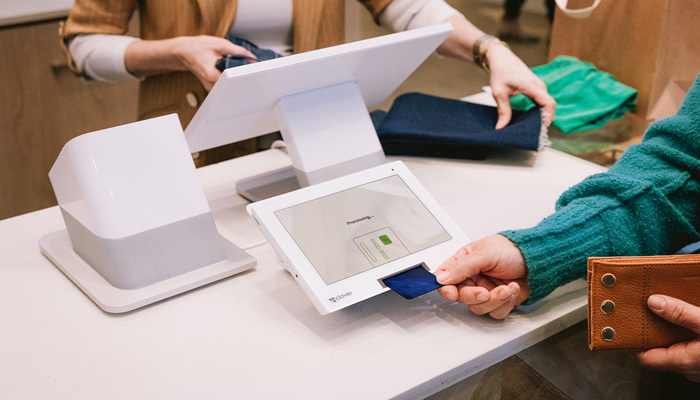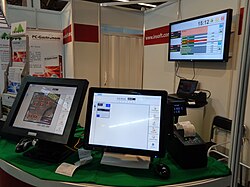Welcome to the future of
Point of sale done right
Embrace unlimited potential for your business.
Streamline your business. Make smarter decisions.

Simple-to-use, eliminate wasted time
Our POS system was created with simplicity in mind for the user experience, while providing the array of features sets you need to efficiently grow your business to it’s greatest potential.
Utilize powerful tools to maximize revenue
Insight is everything, you need to know what you don’t already know to make educated decisions. Our in-depth reporting, extensive inventory control, and customer tracking will provide you with that much needed knowledge.

We're Here For You
Our business is your business. Brilliant POS is 100% customer experience driven. We are into building relationships and growing with your business as it reaches new levels of success.

Exceptional Support
Our outstanding support begins with ensuring you are set up correctly from the start. If you ever happen to need it, we have 24/7/365 US-based support ready to assist. We have you covered; days, nights, weekends, and holidays.
All the features you need, and then some

Payment Processing
Customers want to use the payment type they prefer; offer them Apple Pay, EMV, PIN Debit, and all the credit card brand options.

Offline Transactions
If your internet goes down, no need to worry with Brilliant POS. Our POS systems will continue to run flawlessly without internet.
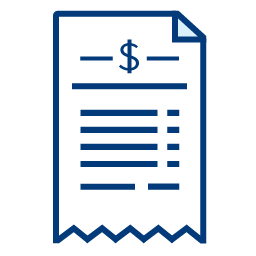
Point of Sale
Make transactions a breeze; we have simplified the transaction process to keep your customers happy and wanting to come back.

Hardware
We provide only the best name-brand POS hardware in the industry. And of course, all of our hardware is warrantied.

Gift Cards
Gift cards are a no-brainer, if you look at the stats they more than pay for themselves. We offer custom and standard designs.

E-commerce
Take your business online to capture a broader audience. We’ll integrate the online store with your brick and mortar. Making it simple to add products and fulfill orders.
Beads Inc.
Working with Brilliant POS has been the best choice we could have made for Beads, Inc. Their attention to detail, service and customer satisfaction was fantastic and made the process easy. Almost 2 years later, and we cannot recommend Brilliant POS enough to other small businesses.
Christine White
Owner



Happy customers is our motivation

Salmon River

Sheer Celebrations

Beach Deli
